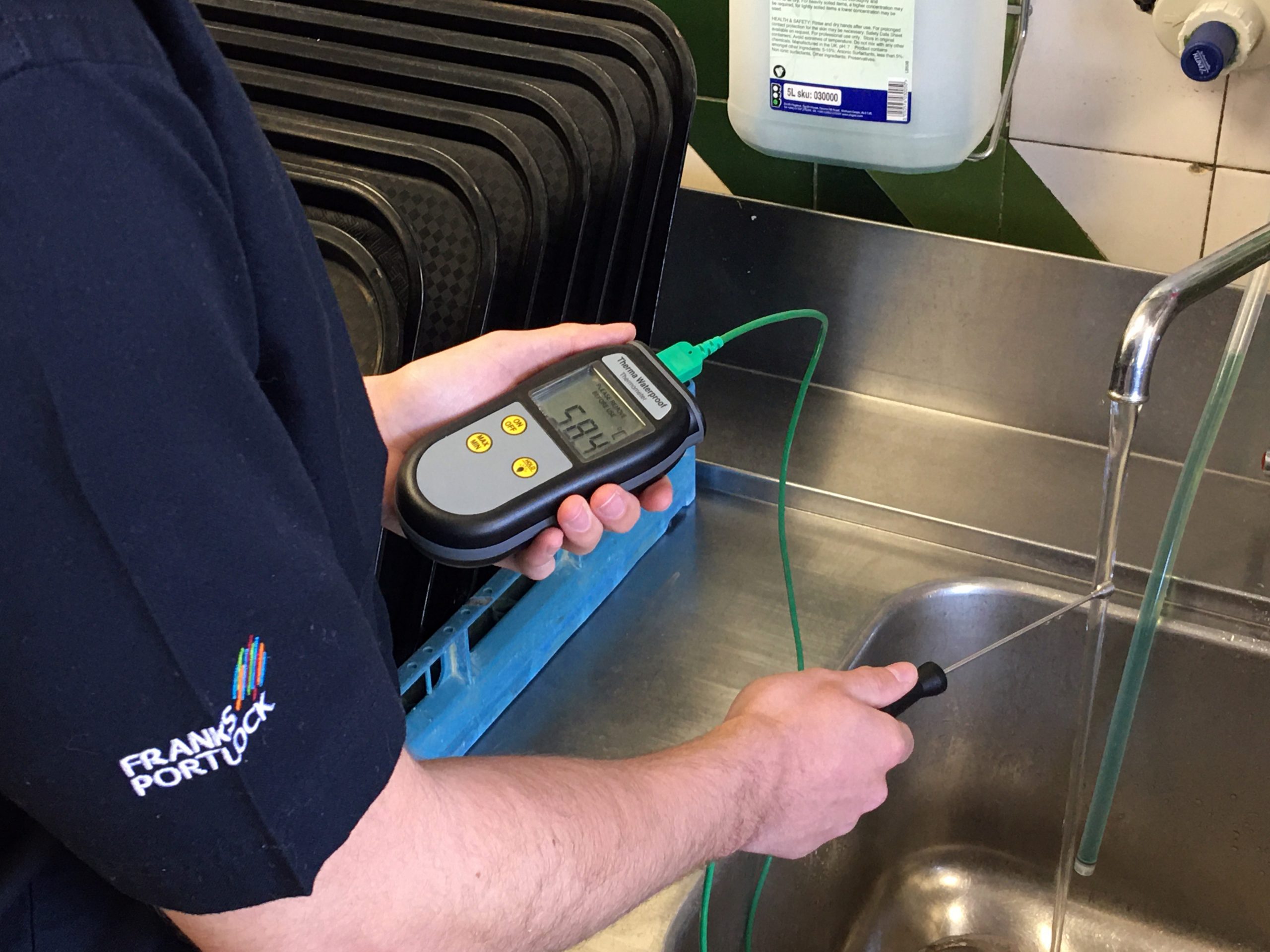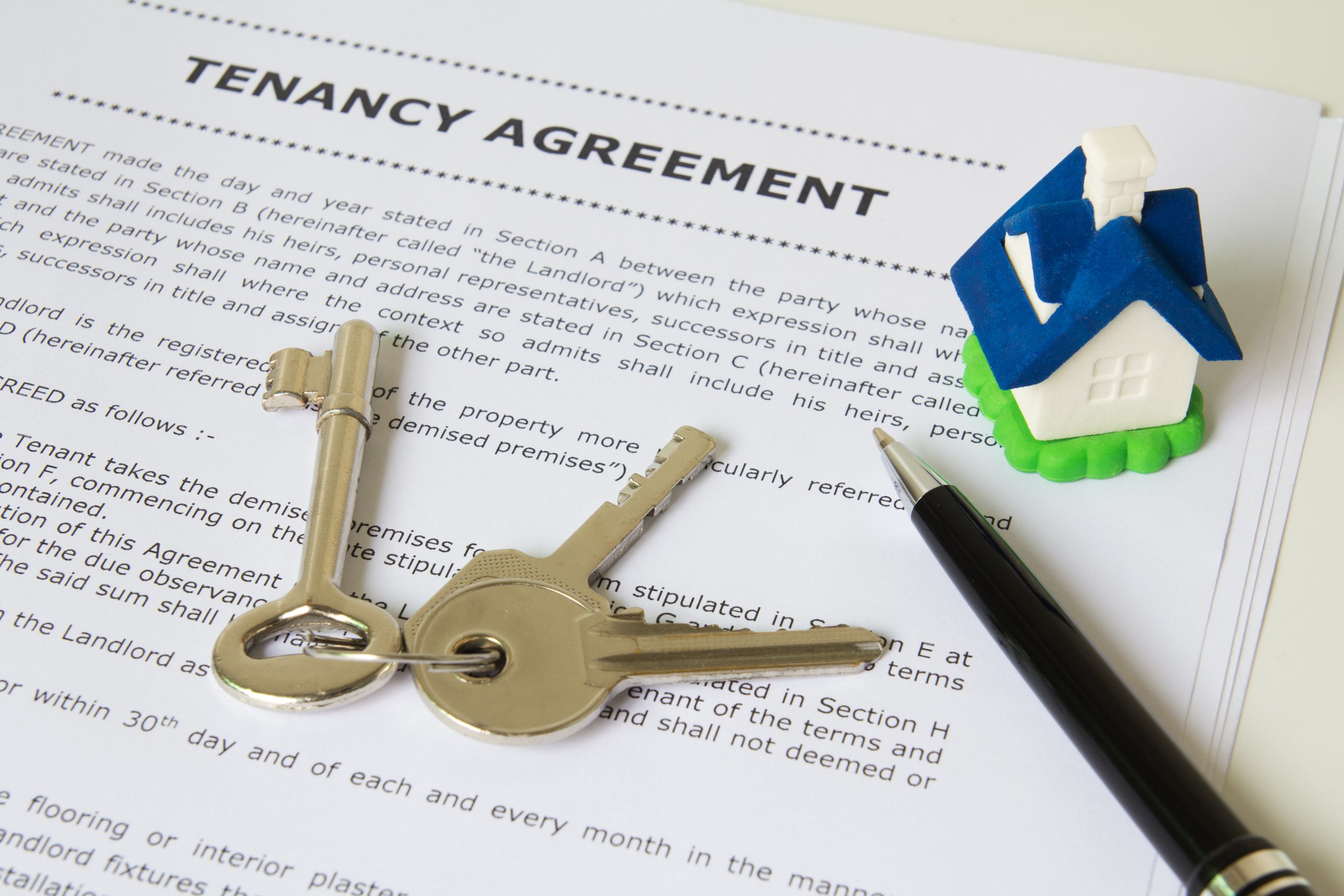Legionella occurs naturally in freshwater environments, those being lakes and streams, where it doesn’t pose much harm as it tends to be in low numbers. However, when it grows and spreads in man made building water systems it can become a health concern.
When legionella grows and multiplies in a building water system, it can spread through water droplets small enough to inhale increasing the risk of exposure. If legionella is inhaled it can cause the potentially fatal legionnaires disease. Employers have an obligation to ensure that measures are put in place to prevent the presence of legionella in the workplace with health and safety of employees being at the forefront of any business.
Problems Legionella Can Cause In The Workplace
All man made water systems are likely to provide an environment in which legionella can grow. It is therefore important to ensure that the water systems, both hot and cold, are kept at the right temperature and right conditions to prevent the growth of legionella and ensure the health and safety of employees. If inhaled, water droplets containing legionella bacteria can cause employees to develop the potentially fatal legionnaires disease, so it’s vital that preventative measures are put in place.
How To Avoid Legionella In The Workplace
There are a few steps that can be taken to help avoid the risk of legionella in the workplace:
- Ensure that the release of water spray is properly controlled.
- Avoid water temperatures that favour the growth of legionella bacteria – hot water systems should store water at 60°C and cold water systems should be stored and distributed below 20°C.
- Implement measures to prevent the stagnation of the water system – this can be done by keeping pipe lengths as short as possible. Regularly flushing out your water systems will help to reduce the presence of rust or sludge in your water system which provide legionella bacteria with the nutrients needed for it to grow.
Legionella Risk Assessment
As an employer it’s your responsibility to ensure that a legionella risk assessment is carried out. If you are the owner of the business or are responsible for it you may want to carry out the risk assessment yourself, however if you are not competent in the area of legionella, you’ll need to delegate the task to someone else. They will need to have a suitable experience and qualifications that will prove useful when managing the risks associated with legionella bacteria. This could be an existing employee, or a competent person from outside your business.
The first step of a legionella risk assessment is to assess and identify potential hazards and the level of risk posed. A legionella risk assessment will involve: identifying the hazards, considering who may be at risk, implementing control measures, keeping records, reviewing the risk assessment. The HSE states that the risk assessment needs to identify whether:
- Water is stored or re-circulated as part of your system.
- The water temperature in some or all parts of the system is between 20–45 °C.
- There are sources of nutrients such as rust, sludge, scale and organic matters.
- Conditions are present to encourage bacteria to multiply.
- It is possible for water droplets to be produced and, if so, whether they could be dispersed over a wide area.
You’ll also need to consider and keep record of who’s the most at risk of suffering from legionella. Those most vulnerable to legionnaires disease include the elderly, smokers, and those with weakened immune systems.
If you have five or more employees you’ll need to keep a record of any findings and measures put in place. They will help for your own peace of mind so that if an employee or individual does become infected by legionella within your workplace, you will have records to prove that you had the correct precautions in place, which will work in your favour.
Why Is A Legionella Risk Assessment Important?
All workplaces require a risk assessment to ensure the health and safety of people, and this should include an assessment of the legionella risk if this is prudent for your place of work.
A legionella risk assessment is extremely important. They allow the employer to identify all possible risks associated with legionella exposure, allowing measures to be put in place to protect against these risks by implementing control measures. If you don’t feel competent enough to do it yourself you may need to call in help from someone outside the organisation.
Legionella Regulations
Due to the dangers of legionella it’s important to have regulations in place. In the UK the main legionella regulations are underpinned by primary health and safety laws that include:
- The Health and Safety at Work Act 1974
- Management of Health and Safety at Work Regulations 1999
- Control of Substances Hazardous to Health Regulations 2002 (COSHH)
Health And Safety At Work Act 1974
The most prominent pieces of legislation that govern legionella control and prevention are the Health and Safety at Work Act (1974) and the Control of Substances Hazardous to Health Regulation (1994). HSWA establishes the regulations which an organisation and employer must comply with, to ensure that health and safety is maintained within the workplace. The HSWA establishes the regulations which an organisation and employer must comply with, to ensure that health and safety is maintained within the workplace.
Legionella Awareness Training
If you run a business or are responsible for it, you need to be trained so that you are able to understand your responsibility . Legionella awareness training looks at what you need to do to protect your business from the danger of Legionnaires disease. Here at Franks Portlock we offer both individual and group training, to help Managers, landlords and those involved in controlling Legionella to understand their roles and responsibilities and how to manage Legionella within their workplace.
 ASBESTOS REGULATION COMPLIANCE CHECKER
ASBESTOS REGULATION COMPLIANCE CHECKER 0191 419 3116
0191 419 3116 contactus@franksportlock.co.uk
contactus@franksportlock.co.uk








